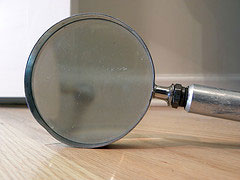
Frameworks for Classifying UI Problems
Finding and fixing problems is a core activity of much of UX research (similar to identifying and preventing software bugs and product defects). The problems found while users attempt tasks are often broadly referred to as UI problems because the friction points tend to involve issues that blur the lines between bugs, functional deficits, and






